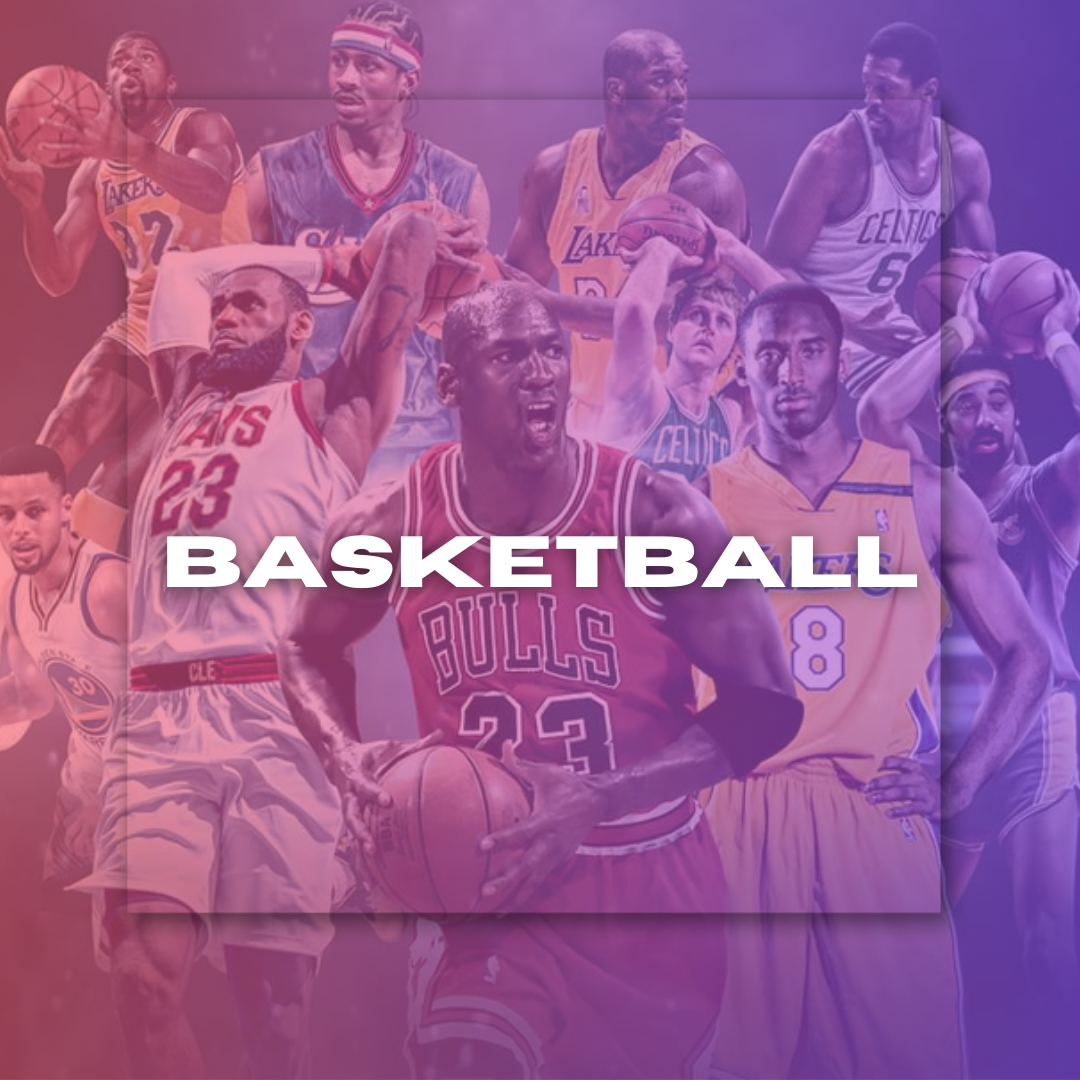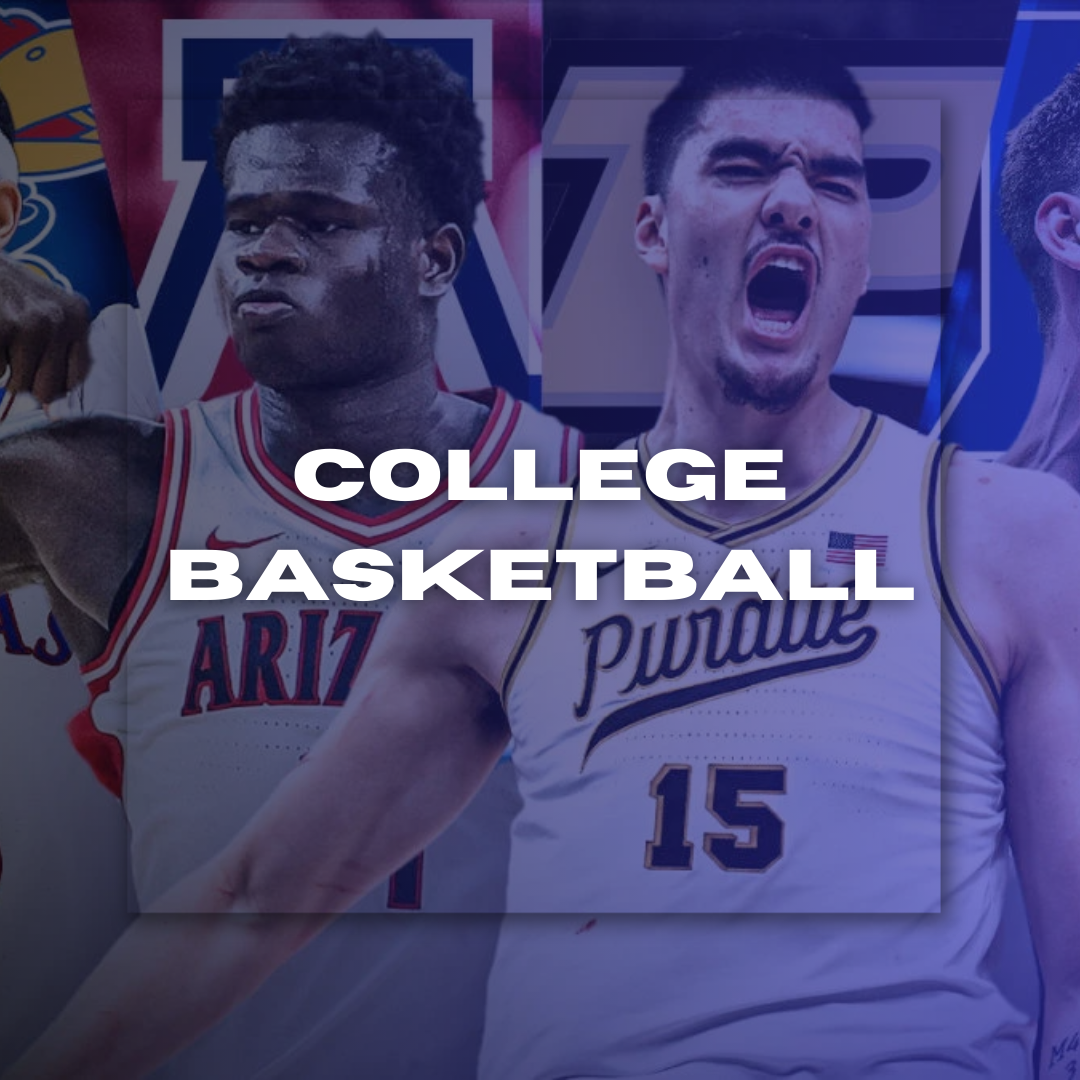
College Basketball’s International Influx: Are Overseas Prospects Changing the Power Balance?
By Justin Rubin June 11, 2025 10:11
The landscape of college basketball is undergoing a profound transformation, driven in large part by an unprecedented influx of international talent. As the 2025-26 NCAA season approaches, the presence of overseas prospects is reshaping the competitive balance, with top programs increasingly relying on global recruits to supplement and elevate their rosters. This trend raises a pivotal question: Are these international players altering the power dynamics of college hoops?
Rising Tide of International Talent
International players now constitute roughly 15% of the NCAA tournament rosters, a figure that underscores the growing global footprint in college basketball. Programs from the Power Five conferences have been particularly aggressive in recruiting overseas talent, with eight of the top ten incoming international prospects committed to Power Five schools, notably the ACC. Duke’s acquisition of shooting guard Dame Sarr from Senegal and North Carolina’s commitment from Montenegrin forward Luka Bogavac exemplify this trend.
These players bring diverse skill sets honed in professional or elite club systems abroad. For instance, Egor Demin, a 6-foot-7 guard who transitioned from Real Madrid’s youth system to BYU, has emerged as a dynamic offensive creator and is projected as a potential top-20 pick in the 2025 NBA Draft. Similarly, French power forward Noa Essengue combines NBA-level size and athleticism with advanced ball-handling, making him a disruptive force on both ends of the floor.
Impact on College Programs
The infusion of international talent is not merely a novelty; it is a strategic advantage. These players often arrive with professional experience, maturity, and a high basketball IQ, enabling them to contribute immediately. Their presence is shifting recruiting paradigms, compelling coaches to expand scouting networks globally.
Programs like Duke, North Carolina, and BYU have leveraged this trend to deepen their talent pools and diversify playing styles. The international players’ ability to stretch the floor, facilitate ball movement, and defend multiple positions aligns well with modern college basketball’s evolution toward versatility and pace.
Moreover, international recruits often bring a unique mental toughness and team-oriented mindset developed in competitive overseas leagues. This cultural difference can enhance locker room dynamics and on-court cohesion.
Challenges and Adaptations
While the benefits are clear, integrating international players presents challenges. Language barriers, cultural adjustments, and differences in playing style require deliberate support from coaching staffs. Programs investing in comprehensive onboarding and mentorship have seen better assimilation and performance from their overseas signees.
Additionally, the NIL (Name, Image, Likeness) era has made college basketball more attractive to international prospects, who previously might have bypassed the NCAA for professional routes. The ability to capitalize financially while developing in a competitive environment is a compelling proposition.
Shifting the Power Balance?
The question remains: is this international influx fundamentally altering the power balance in college basketball? The answer leans toward yes. Teams that successfully integrate high-level international talent gain a competitive edge, often outperforming expectations.
As Isaac Trotter of 247Sports notes, “International players are no longer fringe contributors; they are often the linchpins of championship-caliber teams.” The 2024-25 season’s statistical leaders include several international athletes who have propelled their teams deep into March Madness.
Furthermore, the global scouting and recruitment arms race is intensifying, with programs vying to secure the best overseas prospects before their Power Five rivals. This competition is fostering a more diverse and dynamic college basketball ecosystem.
The international influx into college basketball is more than a trend it is a transformative force reshaping the sport’s competitive landscape. With elite overseas prospects like Dame Sarr, Egor Demin, and Noa Essengue making immediate impacts, the traditional power structures are evolving. Programs embracing this global talent pool are positioning themselves for sustained success, signaling that the future of college basketball will be increasingly international in flavor and influence.

































































